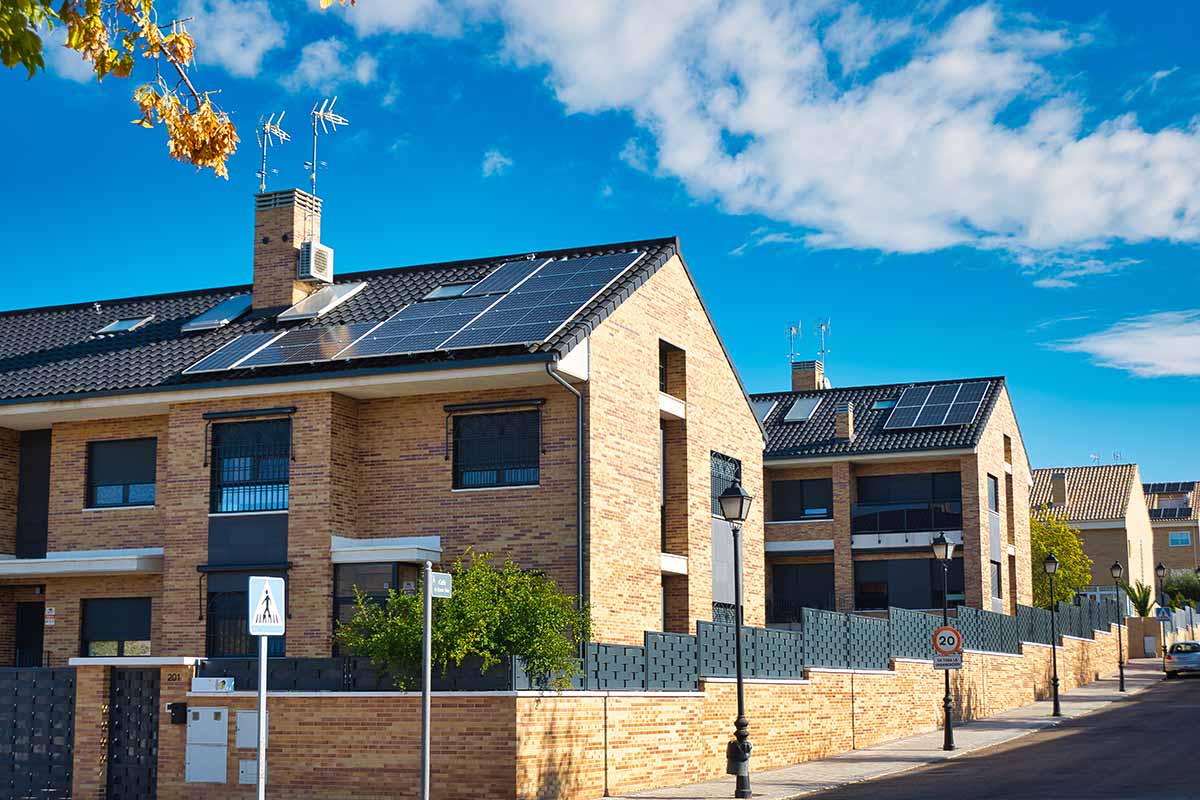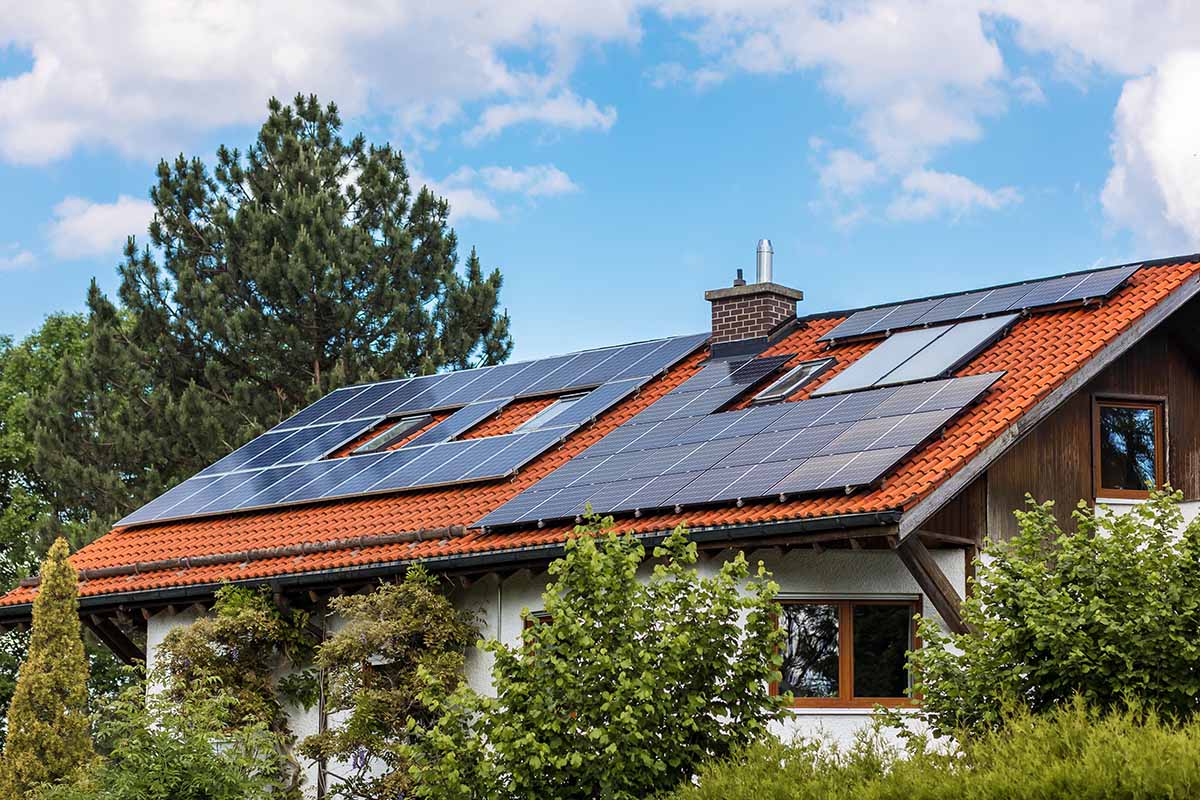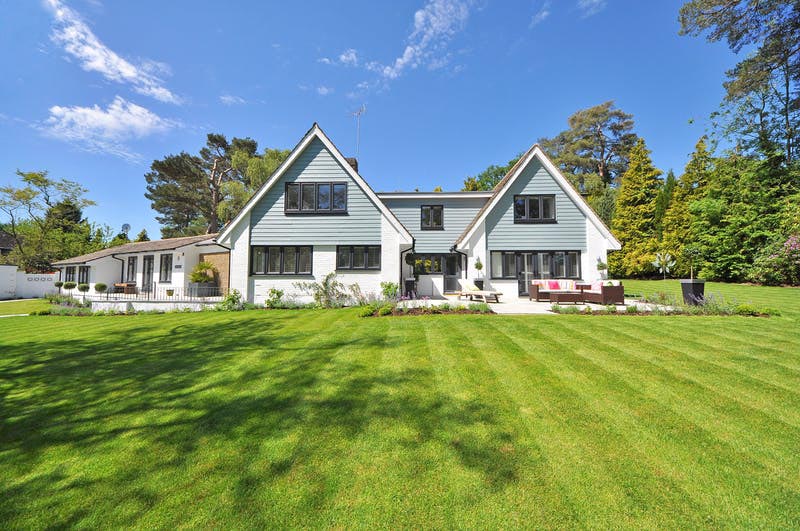How Many Solar Panels Do I Need to Power My Home?
Considering a switch to solar power, how many panels will you need? You’re not alone. Many homeowners grapple with this when contemplating solar energy. This guide clarifies the factors determining the number of panels your home requires.
The number of panels isn’t a one-size-fits-all answer; it depends on local sunlight, your energy consumption, panel size and efficiency, and roof space. On average, an average home might need 15 to 25 panels. But this can vary based on your home’s specifics and energy needs. If math isn’t your strong suit, don’t fret; we’re here to simplify the calculation.
What Determines the Number of Solar Panels You Need?
Determining the number of solar panels your home needs starts with understanding your electricity usage, found on your utility bill and measured in kilowatt-hours (kWh). For instance, a home using 900 kWh monthly will need more panels than one using 400 kWh. Energy-efficient homes with LED bulbs, energy-saving appliances, and sound insulation generally need fewer panels than less efficient homes.
Solar panels also come in various sizes, with a standard size being around 65 by 39 inches. If your roof is uniquely designed or small, you’ll need to consider panel size and quantity carefully. Larger roofs can accommodate more extensive panels, which might be more cost-effective.
Panel wattage, or the power it produces, is also vital. Most panels have between 250 and 400 watts, with 300 watts being the average. A solar panel’s production ratio, which compares its estimated output to its size, is another factor.
In larger roofs, you can use more extensive, cost-effective panels, even if they’re less efficient. But on smaller or shaded roofs, fewer high-efficiency panels are more economical. Typically, a solar panel measures about 65 inches by 39 inches. Though this size has stayed consistent, today’s panels are more efficient than older models.
For example, a 10 kW system producing 16 kWh annually has a ratio of 1.6. Sunnier places, like Calgary, can achieve high ratios. Your region’s climate affects the amount of sunlight received and, thus, the number of panels needed. Sunnier areas require fewer panels than cloudier ones.
Your home’s size also matters. A larger home consumes more energy, necessitating more panels. For instance, a 1,500-square-foot home might use around 630 kWh monthly, while a 3,000-square-foot one might use 1,200 kWh. Lastly, while the average solar panel system costs about $16,000, prices vary. Remember to account for extras like solar batteries and maintenance, which can enhance your system’s lifespan and efficiency.
How Many Panels Do You Need?
To calculate the number of solar panels needed, divide your yearly electricity usage by your area’s production ratio, then divide that number by the power output of your solar panels. You can use a solar calculator to estimate how many panels you need. Factors that affect the calculation include your annual electricity usage, the solar panel wattage, and the production ratios.
Once you have these numbers, you can use the formula: Number of panels = system size/production ratio/panel wattage. The average cost of a 10 kW system is $20,650 after accounting for the 30% federal solar tax credit.
Conclusion
To choose the correct number of solar panels, consider your energy goals, roof design, and sun exposure. Check the energy consumption of your household appliances, as specific items, like electric vehicles, can significantly increase your energy needs.
If you’re thinking of adding such items in the future, plan your solar system accordingly.
Net metering is also essential. It’s how your utility company credits you for the excess solar energy you produce. These credits can offset your energy costs when you draw from the grid, especially if you don’t have a battery storage system.
It’s wise to plan your solar system based on future energy needs rather than expanding later. Think about the energy needs of potential future purchases. For an accurate estimate, go now to a reputable solar installer.
FAQs
What are the benefits of using solar energy over traditional electricity?
Solar energy is a renewable source, meaning it won’t run out as long as the sun shines. It reduces greenhouse gas emissions, helping combat climate change. Additionally, solar can lead to significant savings on electricity bills in the long run.
How do I maintain my solar panels to ensure they’re working efficiently?
Cleaning to remove dust and debris is essential. It’s also good to have them inspected annually by a professional to check for any issues or necessary repairs.
Can I install solar panels myself?
Although DIY enthusiasts can install solar panels, it is advisable to hire professionals. This ensures they’re set up correctly, efficiently, and safely, and often comes with warranties or guarantees.
How long do solar panels typically last?
Most solar panels are designed to last 25-30 years. However, this doesn’t mean they stop producing electricity after that period; it just means their energy production decreases beyond their optimal efficiency level.
What happens during cloudy days or at night? Can I still generate power?
Solar panels need sunlight to generate power. On cloudy days, they’ll produce less electricity than on sunny days. At night, they won’t produce any power. This is where battery storage systems or grid connections come in handy, ensuring you have power even when the panels aren’t generating it.
Are there any incentives or tax breaks for installing solar panels?
Yes, many governments offer incentives, rebates, or tax credits to encourage the adoption of solar energy. It’s essential to check with local and federal agencies or a tax professional to understand the current benefits available in your area.
How does weather affect the efficiency of solar panels?
While solar panels are most efficient in direct sunlight, they can still generate power on cloudy or rainy days, albeit at a reduced rate. Extreme weather, like hail, can damage panels, but most are designed to withstand such conditions. Snow can cover panels and reduce their efficiency, but the panels’ surface typically melts snow faster, especially when exposed to sunlight.




















